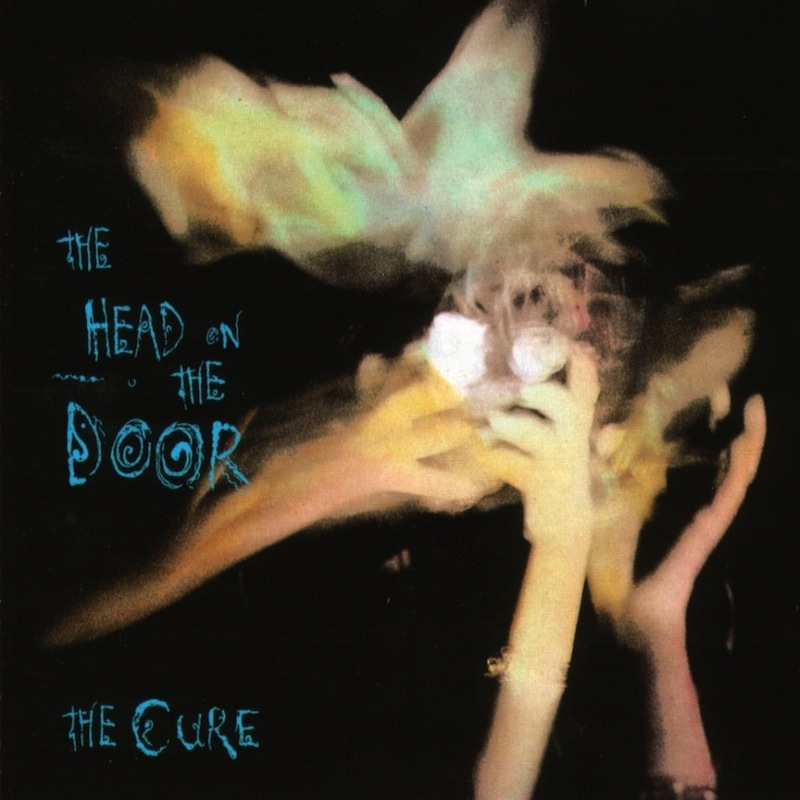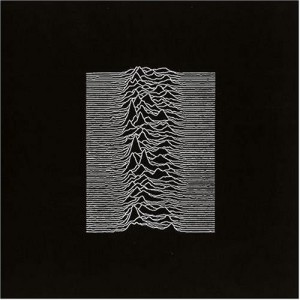The Cure : The Head on the Door

After The Cure had perfected the goth template on Faith and Pornography, and subsequently slimming down to a duo, they shifted into a lighter, catchier tone on follow-up singles “The Walk,” “Let’s Go to Bed.” Robert Smith and Lol Tolhurst regrouped with studio musicians on the chaotic, unpredictable The Top, released the following year, while Smith briefly was a part of Siouxsie and the Banshees, a membership that proved to be fleeting. Yet, just one year later, the band expanded from two to five, wrangling in a handful of the once temporary studio musicians and creating their first record as a complete band since Pornography, the playful but flawless The Head on the Door.
On The Head on the Door, The Cure had partially returned to the gloomy overtones that weighed heavy upon Seventeen Seconds, Faith and Pornography, but without the paranoia, bleakness and general sense of dread that made those records such bastions of intense darkness. There’s a little bit of that, particularly on the manic “The Baby Screams” and closing dirge “Sinking.” But The Head on the Door had just as many buoyant highs as it did lows, and even some of the sadder songs at least incorporated a major key melody to offset the more downcast side. There was, of course, no “Lovecats.” But there was “Close to Me.”
Most importantly, however, there was “In Between Days,” a lively, catchy single that kicked off the album with the burst of energy that re-affirmed the band’s command of an immediate but taut post-punk song. The song cycles through one entire instrumental verse and chorus progression before Robert Smith even begins singing, though when he does, it’s a bittersweet lament and a regretful plea: “go on, go on, just walk away/go on, go on, your choice is made.” In spite of its underlying melancholy, however, it’s a remarkably danceable and catchy song, brilliantly layered with acoustic strums and keyboard harmonies.
The Cure had also begun to experiment with their sound more, as evident on most of the record’s first side. “Kyoto Song” is more starkly brooding in its melody, while “The Blood” displays a Spanish influence in its flamenco-like riffs. This track is another standout, a more blatantly dark song, with seemingly religious themes and Smith’s harrowing chorus of “I’m paralyzed/by the blood of Christ/though it clouds my eyes/I can never stop.” Though in context, “the blood of Christ” actually refers to a Portuguese wine. A particularly amusing version of this song was performed when the band was on MTV’s Unplugged, and Smith, notoriously forgetting the verse, merely repeated the same one a few times. “Six Different Ways” by contrast is more playful and light, sticking to a major key and using whimsical layers of instrumentation.
A personal favorite of mine and longtime fans alike is “Push,” the album’s epic fifth track. Similar to “In Between Days,” the song cycles through a lengthy intro and a verse, going about two full minutes before Smith begins singing. It’s an archetype of a Cure song, all shimmering guitars, Simon Gallup’s rolling bassline, and a lyric fit for an immense fan singalong—”go, go, go/push him away/No, no no!/don’t let him stay.” Meanwhile, “The Baby Screams” sounds like a slightly darker take on previous single “Let’s Go To Bed,” with Smith’s repeated cries of “strike me/strike me dead!“
The biggest single from the album, “Close to Me,” is also one of the most memorable, as well as the most cleverly unorthodox for the band. Rather than being dominated by Smith and Porl Thompson’s guitars, Lol Tolhurst’s keyboards are front-and-center, albeit understated, while Boris Williams’ danceable beat is paired with kitschy hand claps. Still, Smith’s lyrics are as anxious and uneasy as ever, beginning the song with the confession, “I waited hours for this/I’ve made myself so sick/I wish I’d stayed/asleep today.” And “A Night Like This,” though not one of the band’s biggest singles, is one of their best, juxtaposing an ethereal guitar harmony against a harsher, straightforward lead for a contrasting effect. The saxophone solo near the end is a more successful permutation of what was an ’80s pop music staple, but all in all, it’s a highlight for the band.
The Head on the Door was The Cure’s most successful attempt at a pop album, and unlike being a collection of singles, it maintains its coherence through its varied experiments in sound. Their 1989 album Disintegration will forever stand as the band’s best, but where this might not achieve similarly lofty ambition in terms of scope and scale, there’s also nothing less than 10 essentially perfect post-punk and new wave songs here. The Head on the Door was a rare feat for The Cure, the sort of album that has never quite been duplicated. Kiss Me, Kiss Me, Kiss Me, which followed two years later, maintained a similar spirit, bridging its predecessor’s pop spirit to the epic sprawl to come. And Wish, though similarly accessible and gorgeous, left behind some of the more playful pop experimentation. Though The Head on the Door is just one of a long list of great albums The Cure have released, it’s the only one of its kind in the band’s catalog.
Label: Fiction/Elektra
Year: 1985
Similar Albums:
Jeff Terich is the founder and editor of Treble. He's been writing about music for 20 years and has been published at American Songwriter, Bandcamp Daily, Reverb, Spin, Stereogum, uDiscoverMusic, VinylMePlease and some others that he's forgetting right now. He's still not tired of it.





